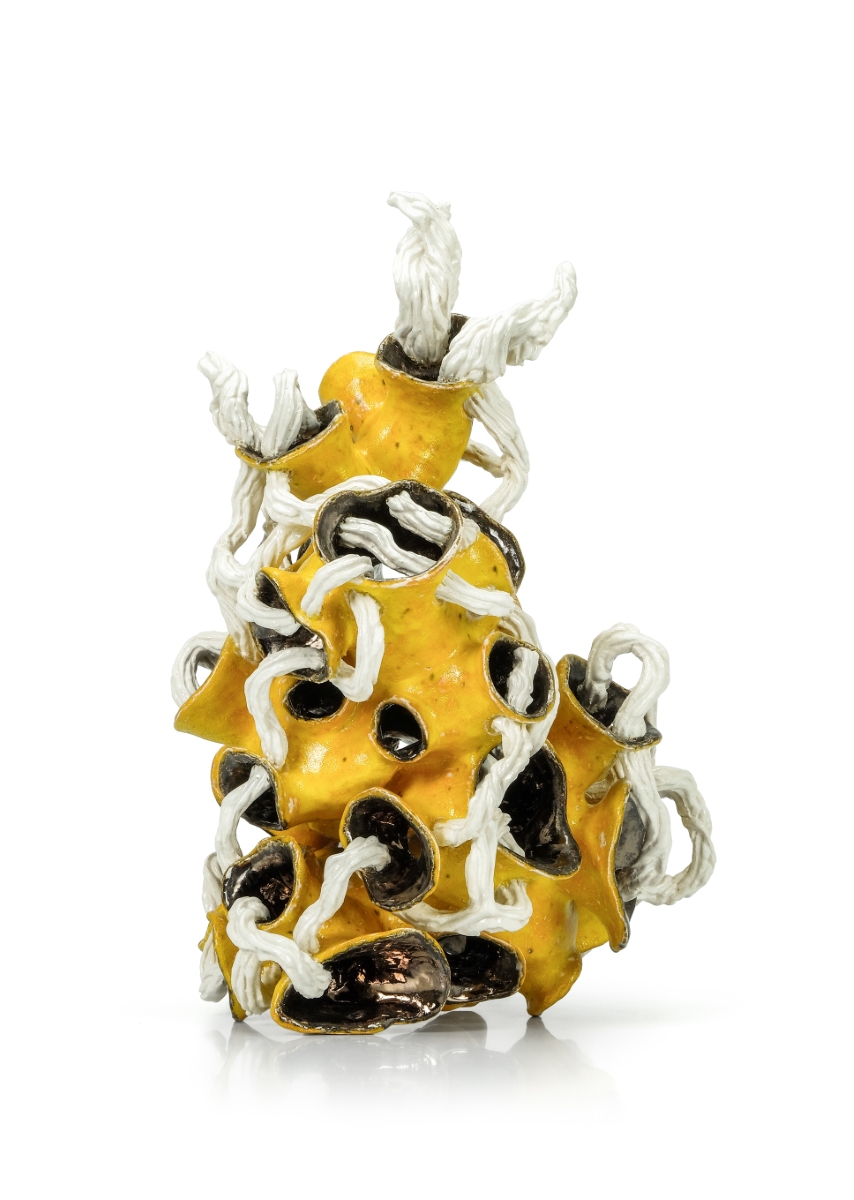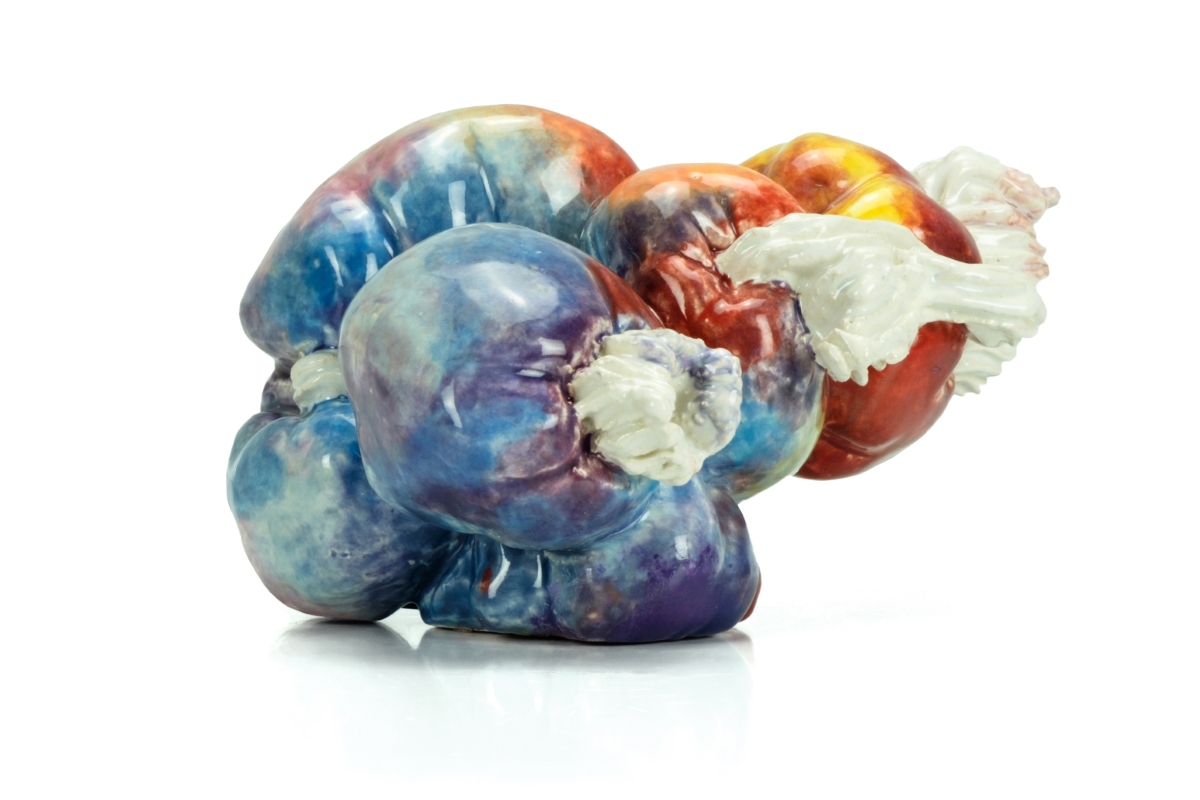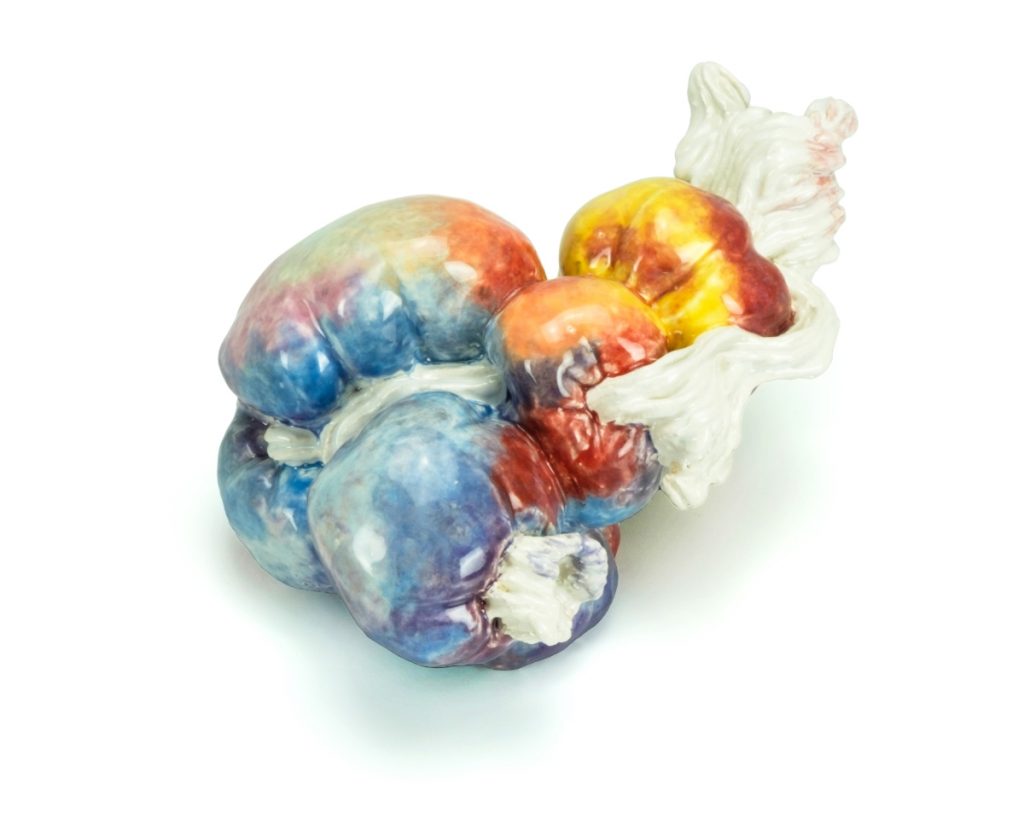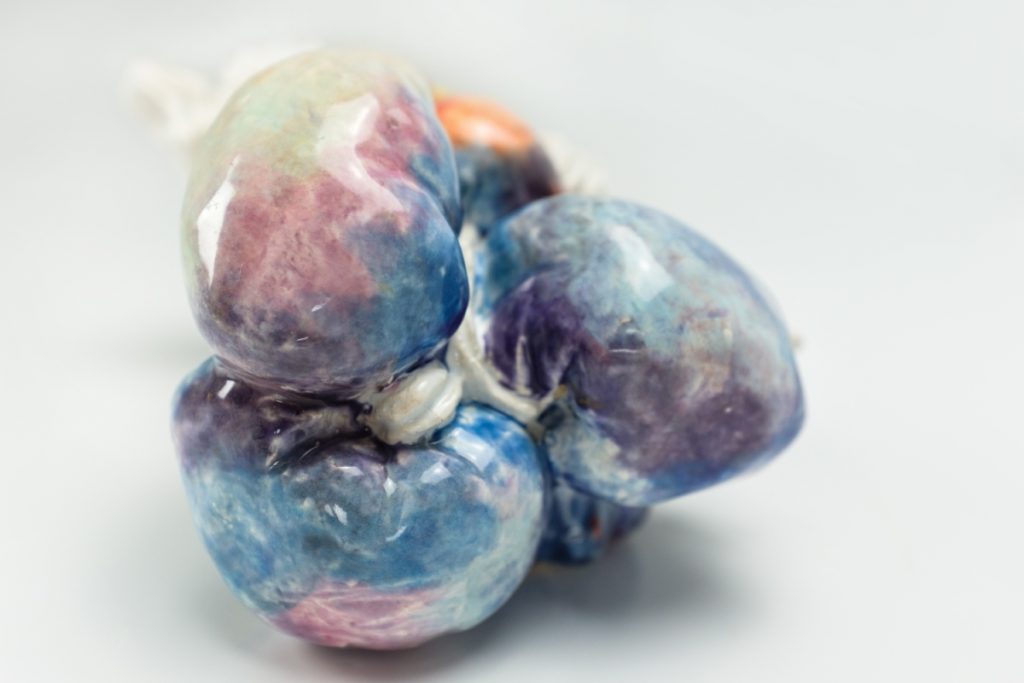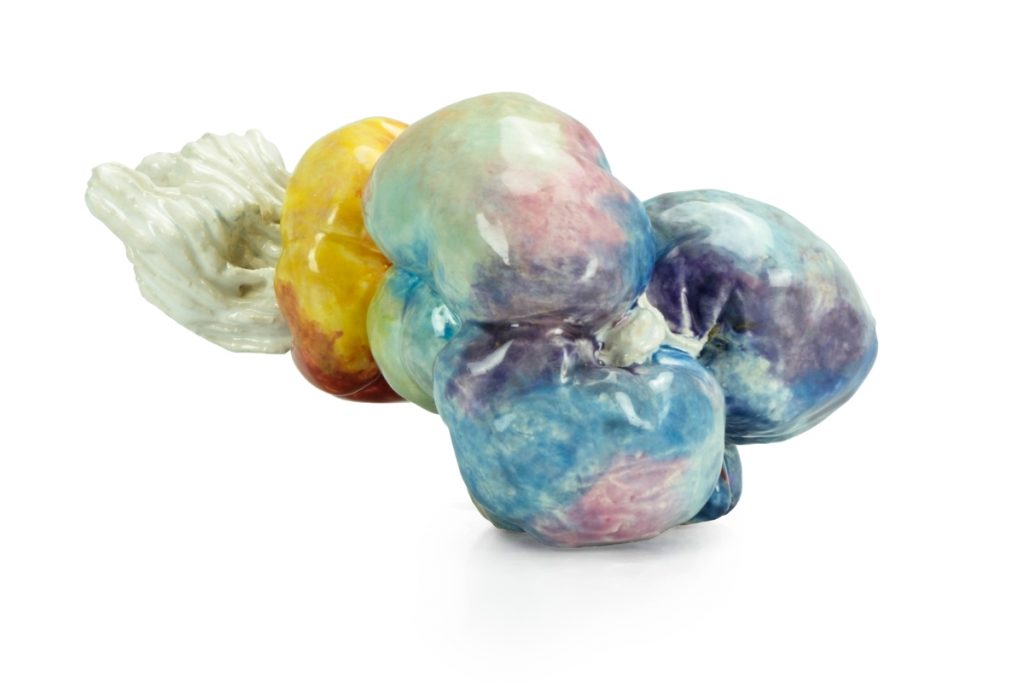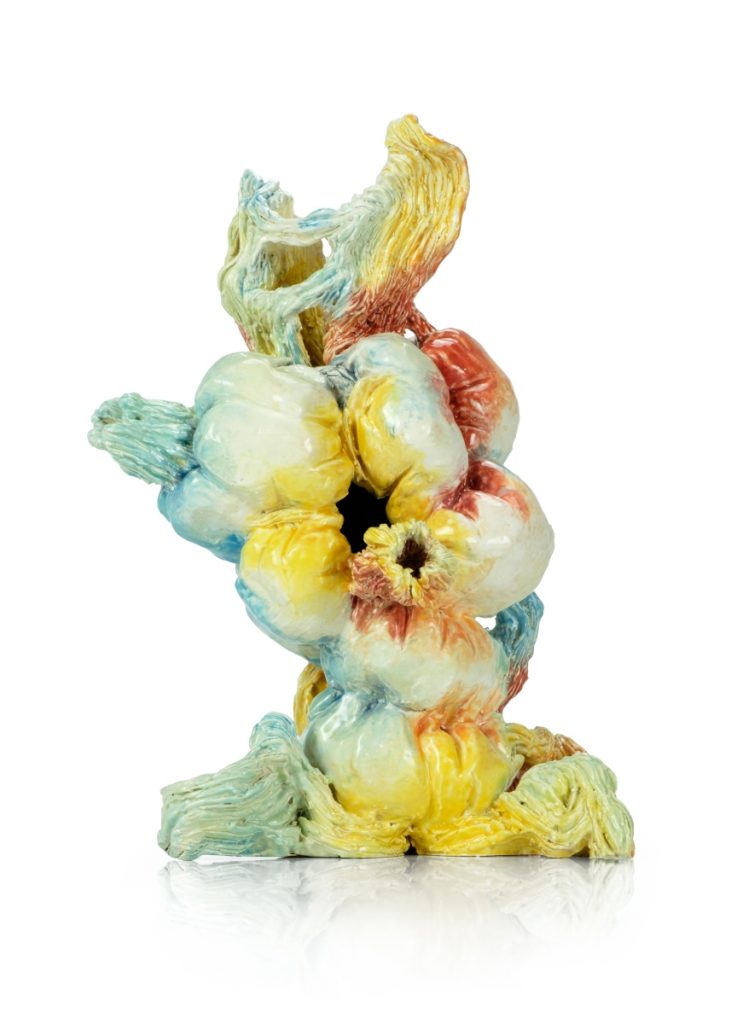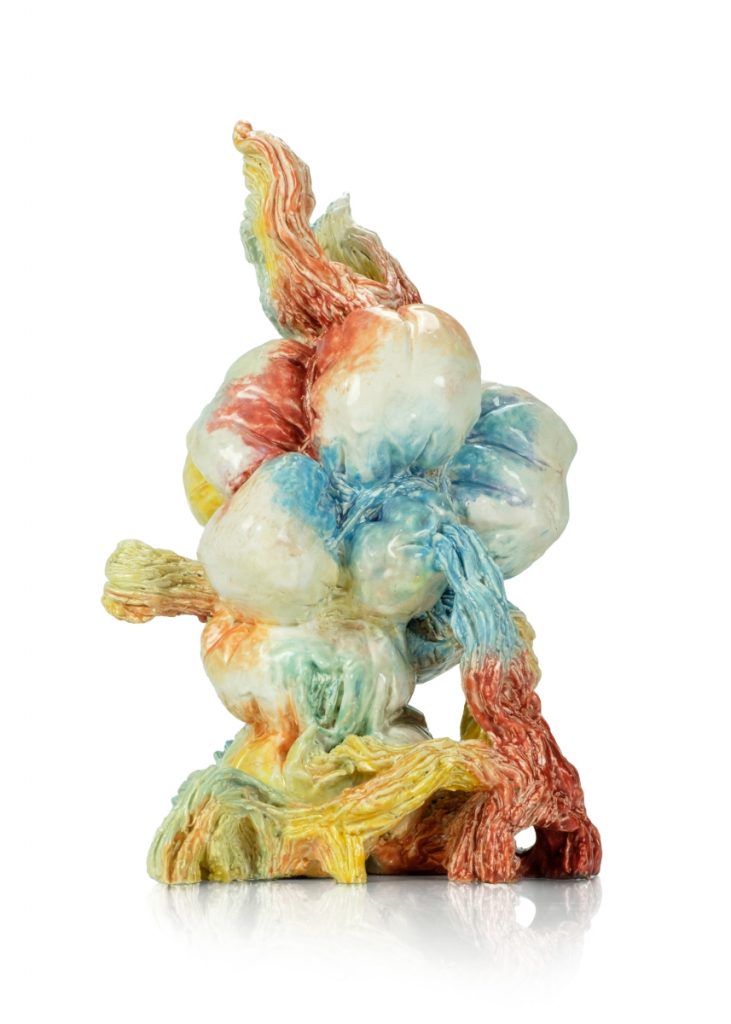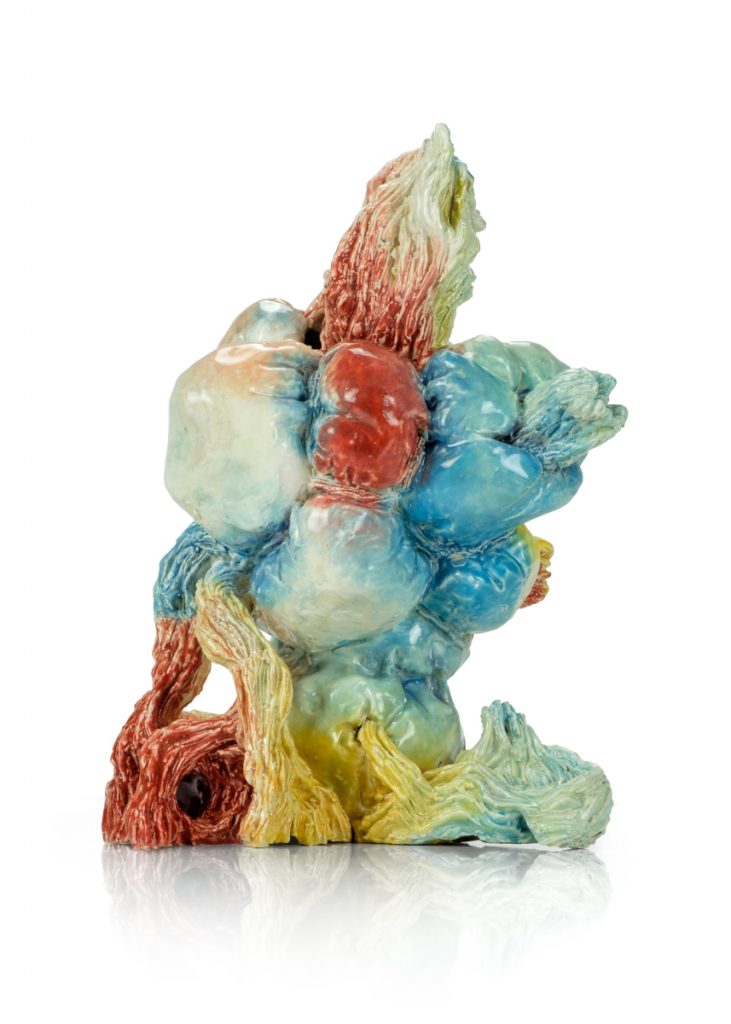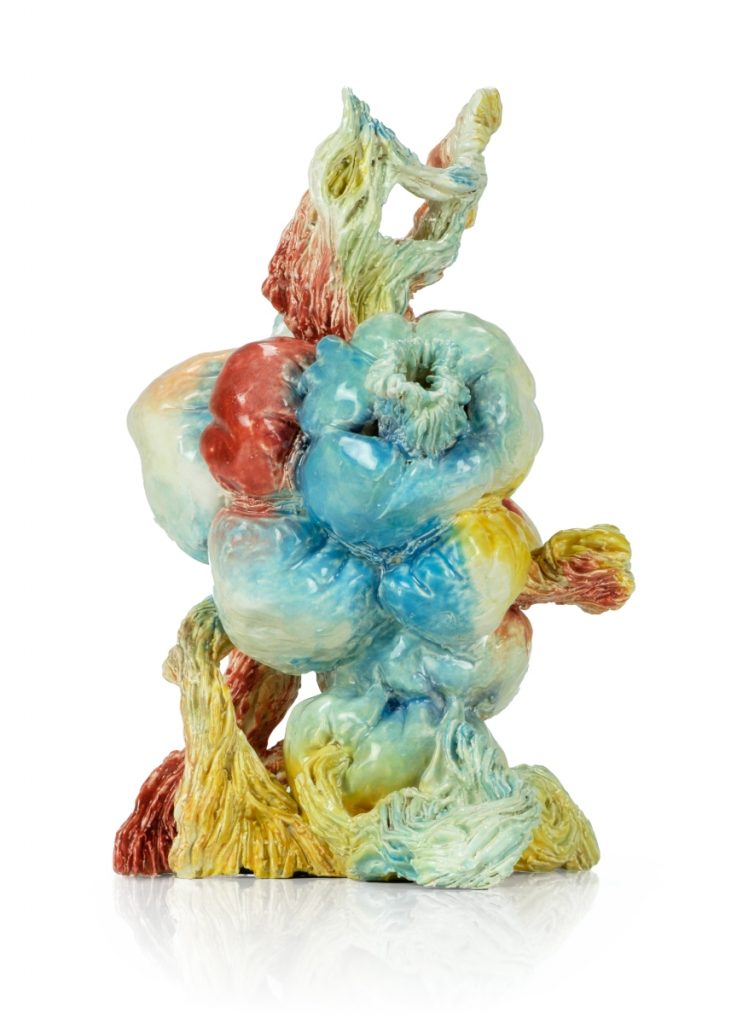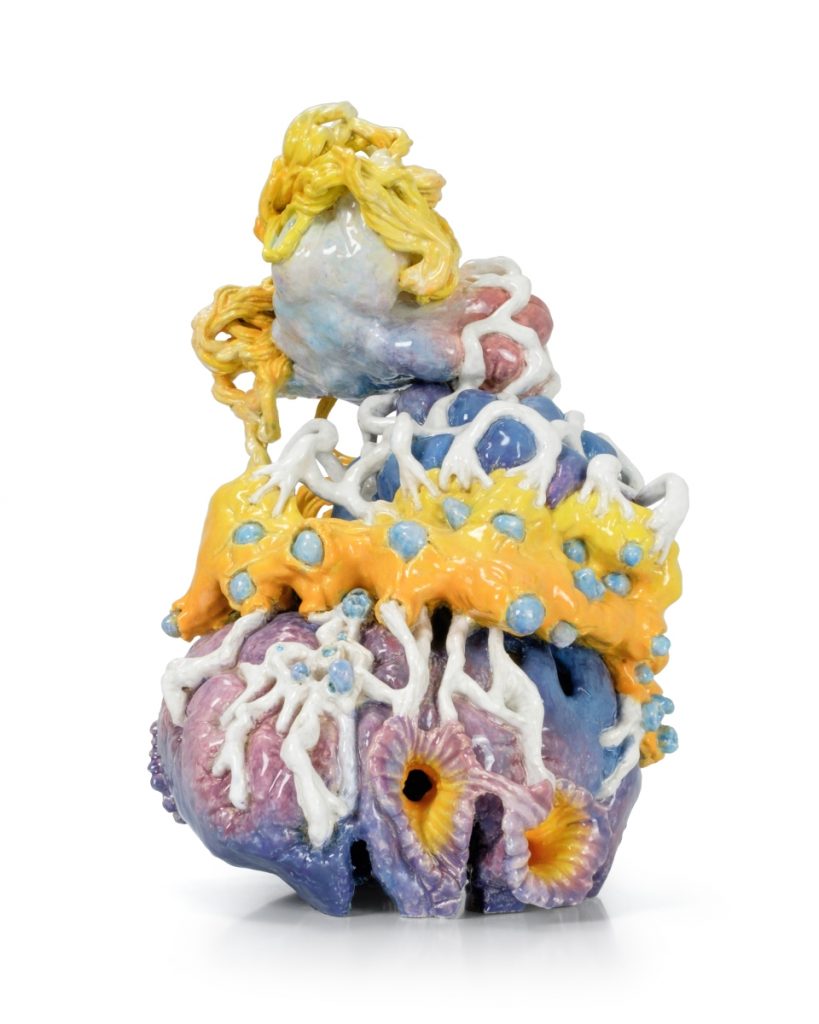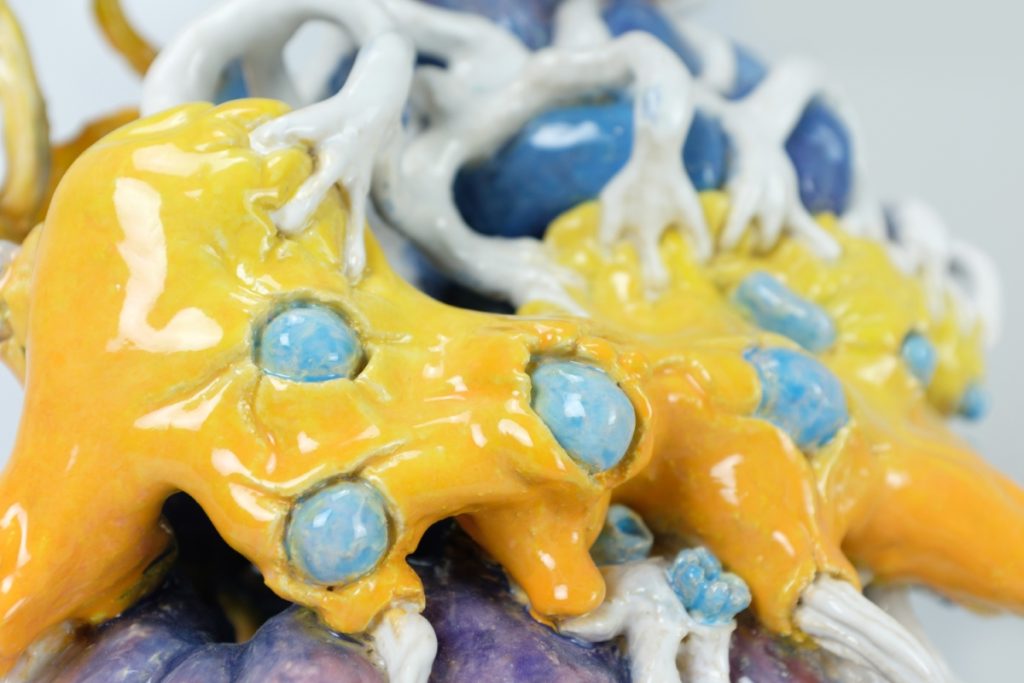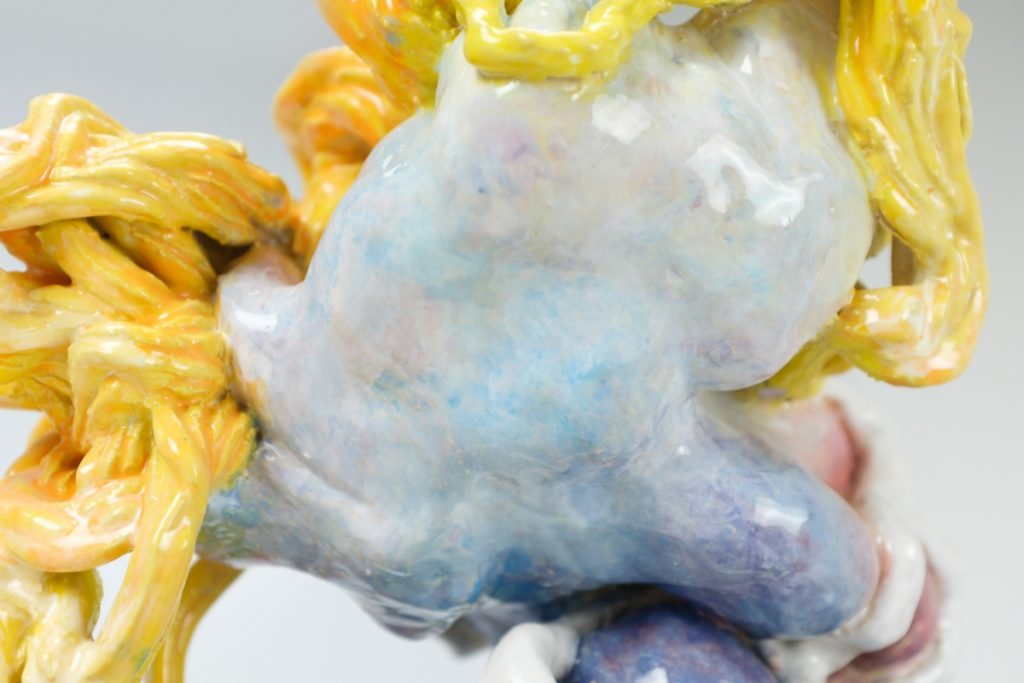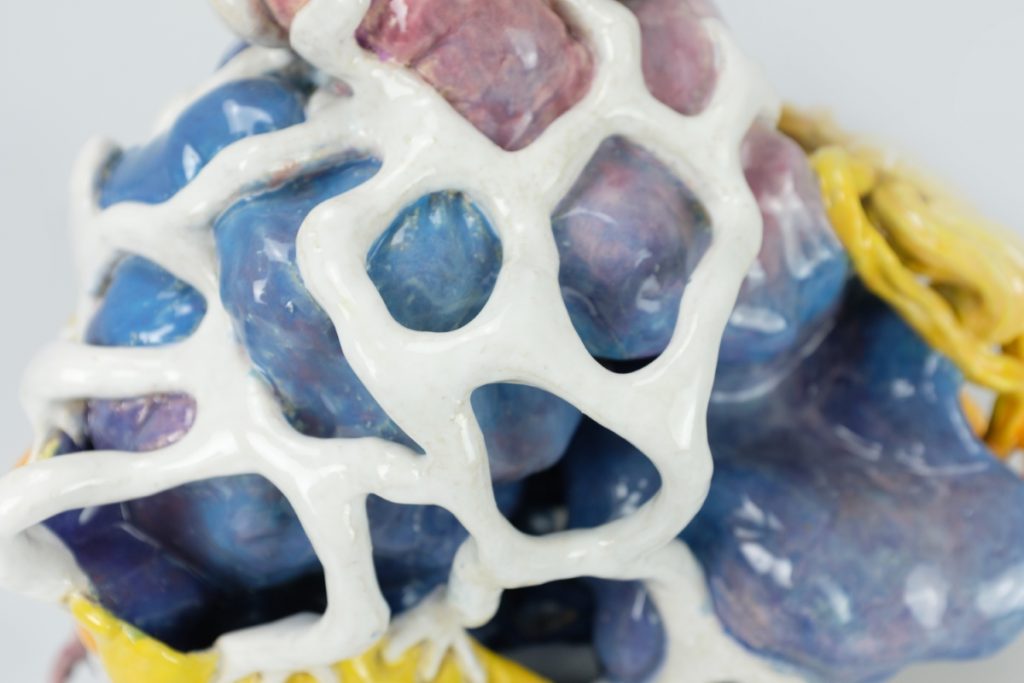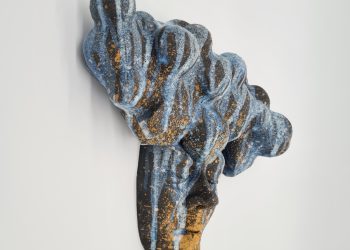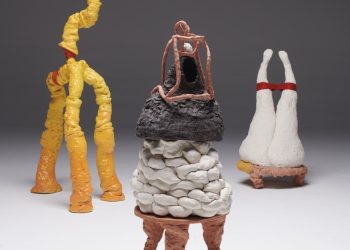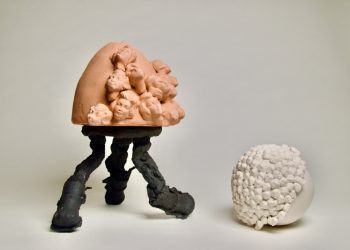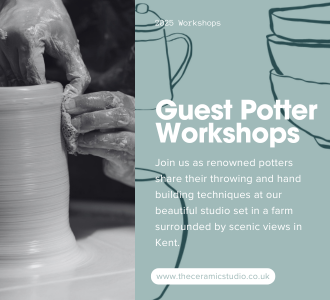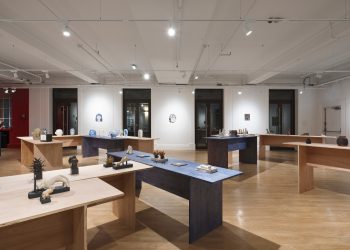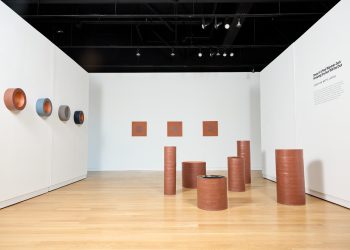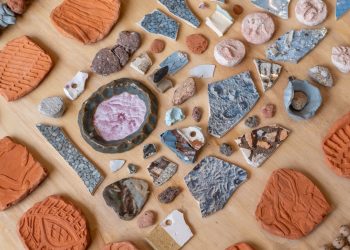Nick Ervinck: Skin and Plant Mutation, 2014-2018
Plant Mutation
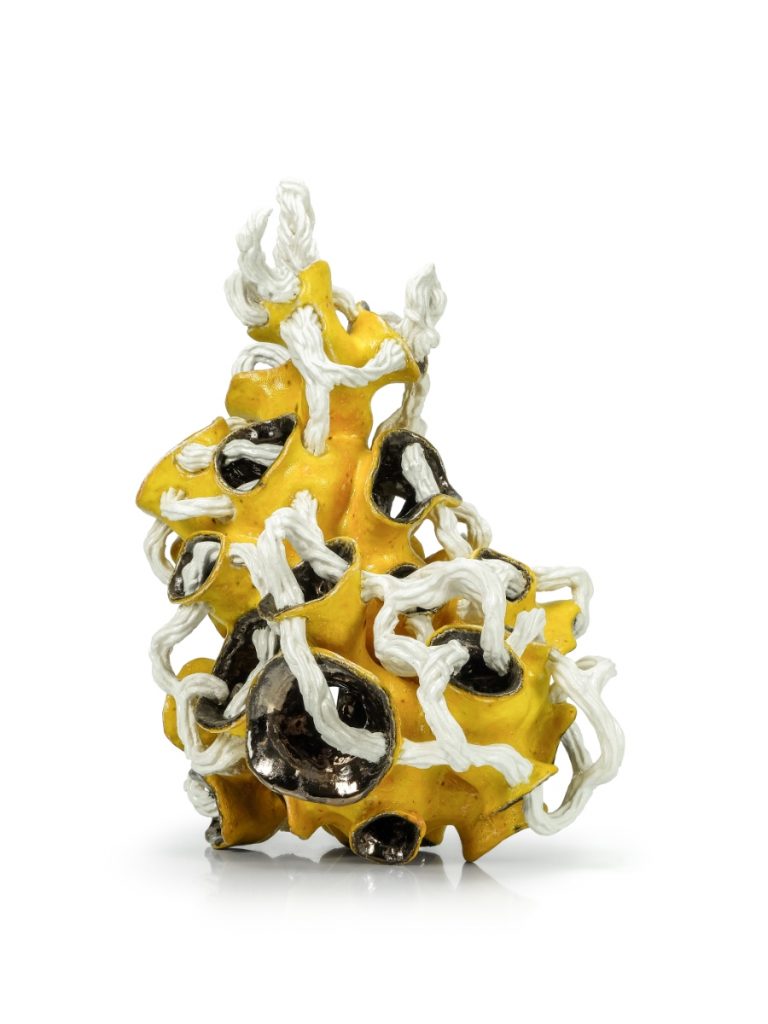
BOBLARAK 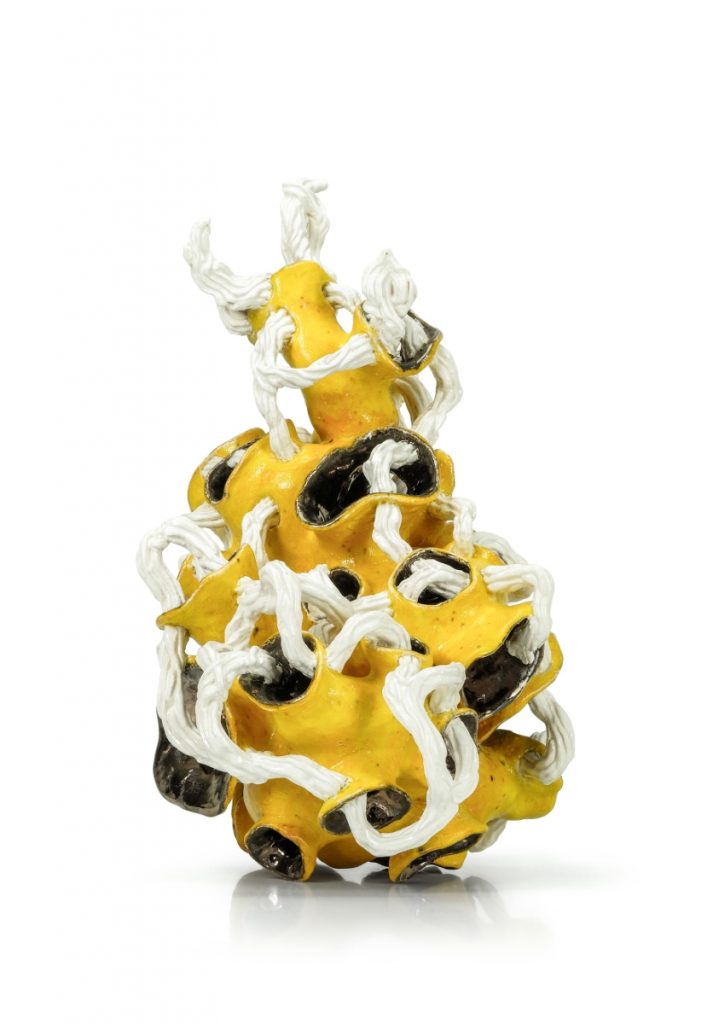
BOBLARAK 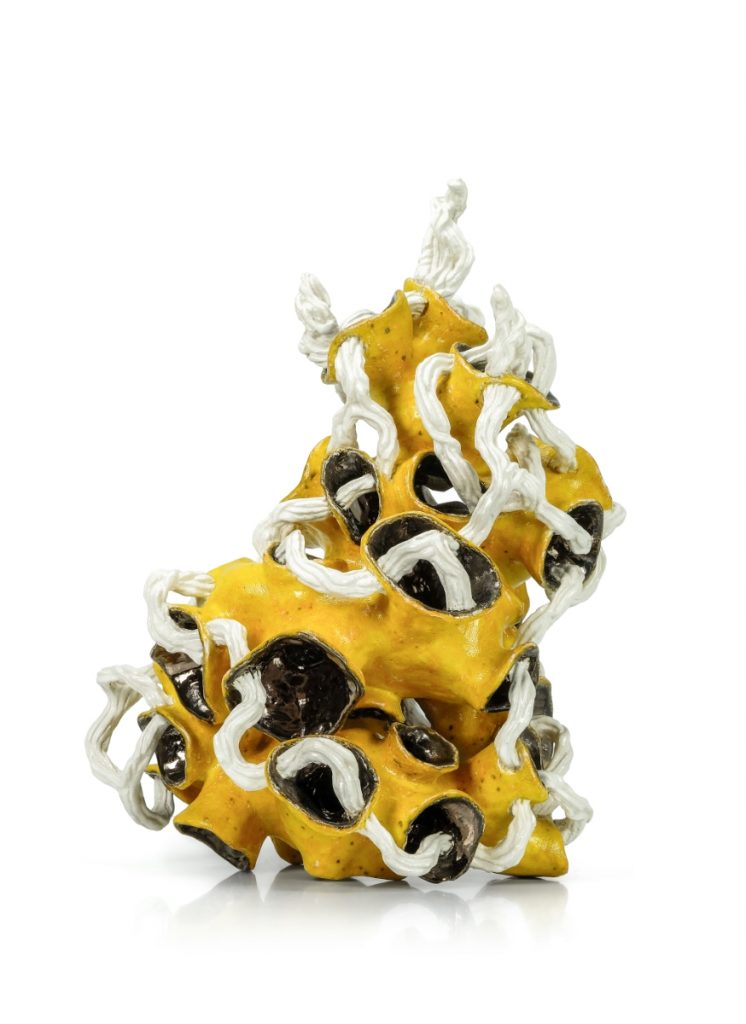
BOBLARAK 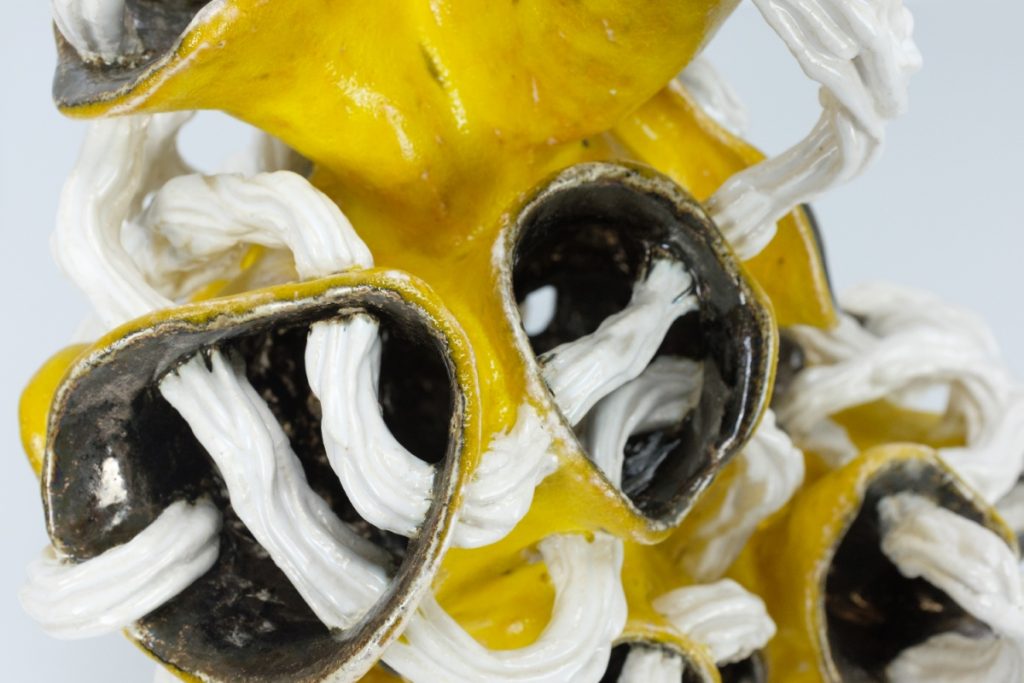
BOBLARAK 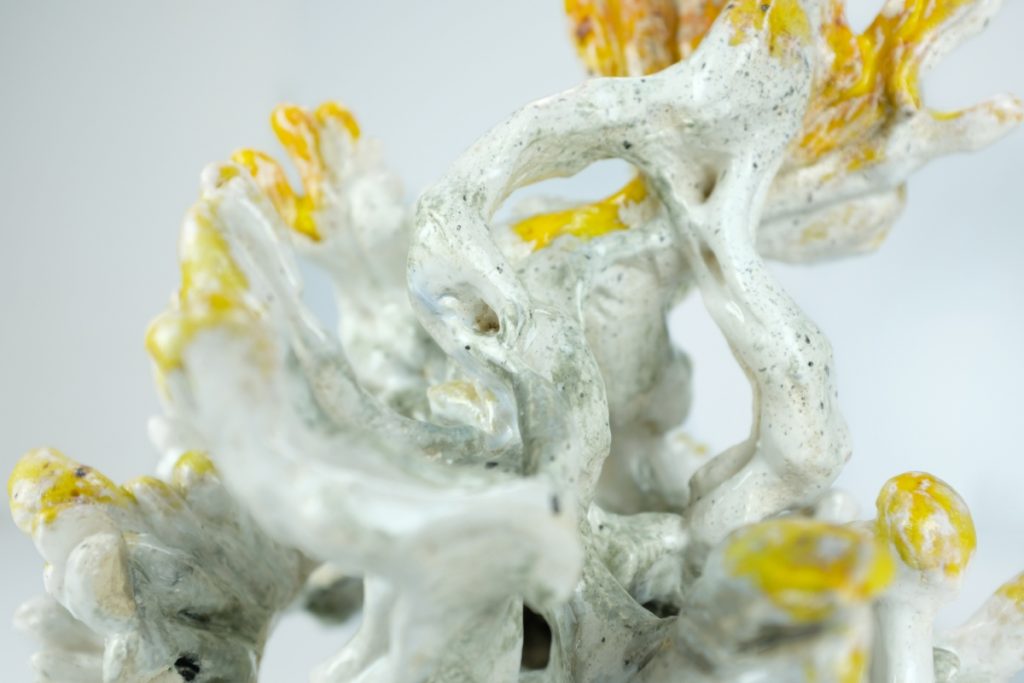
BRUNTISKIE 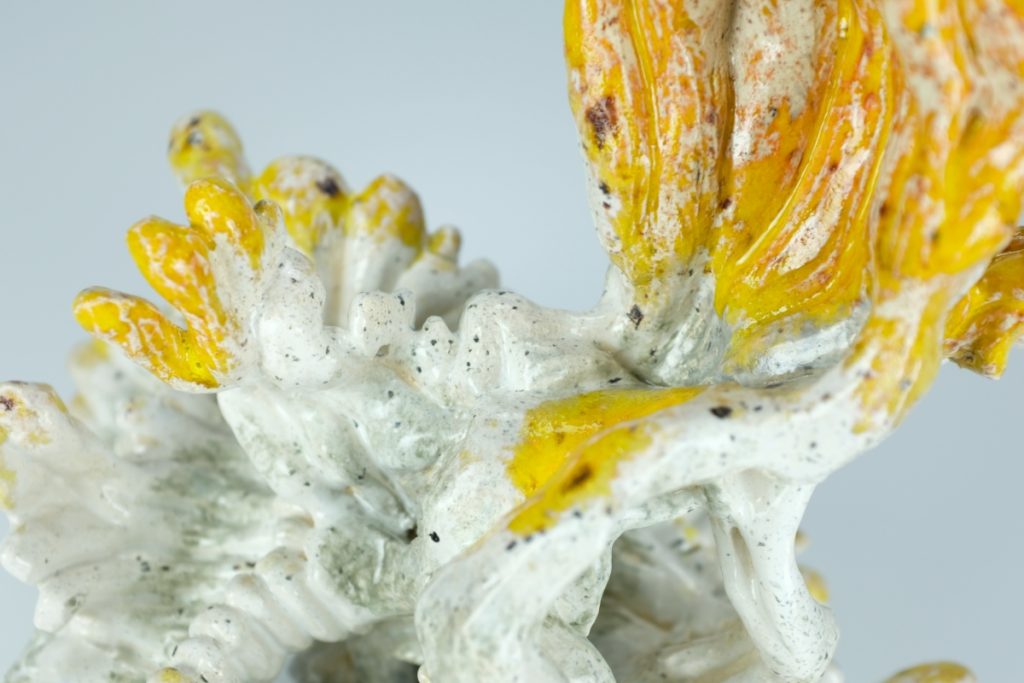
BRUNTISKIE 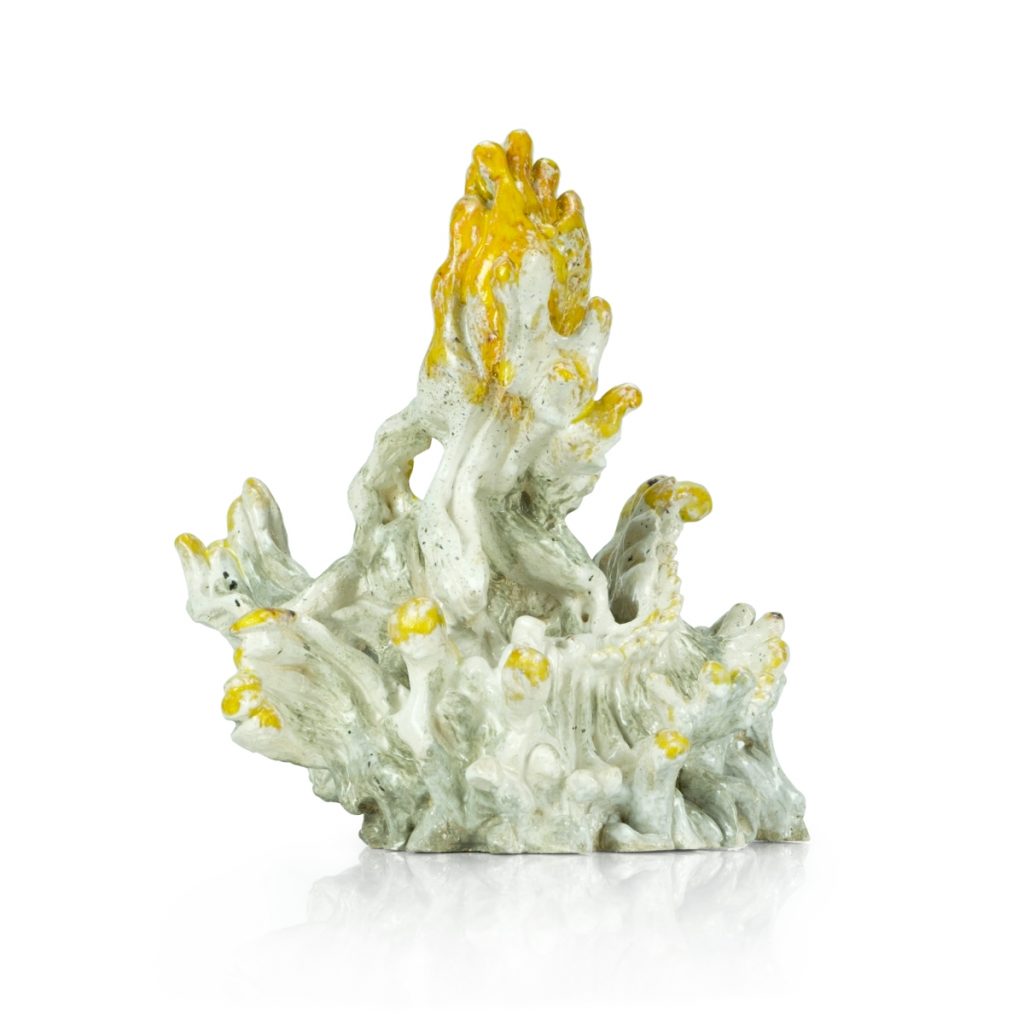
BRUNTISKIE, 2017-2018, ceramic, 29 x 26 x 30 cm / 11.4 x 10.2 x 11.8 in. 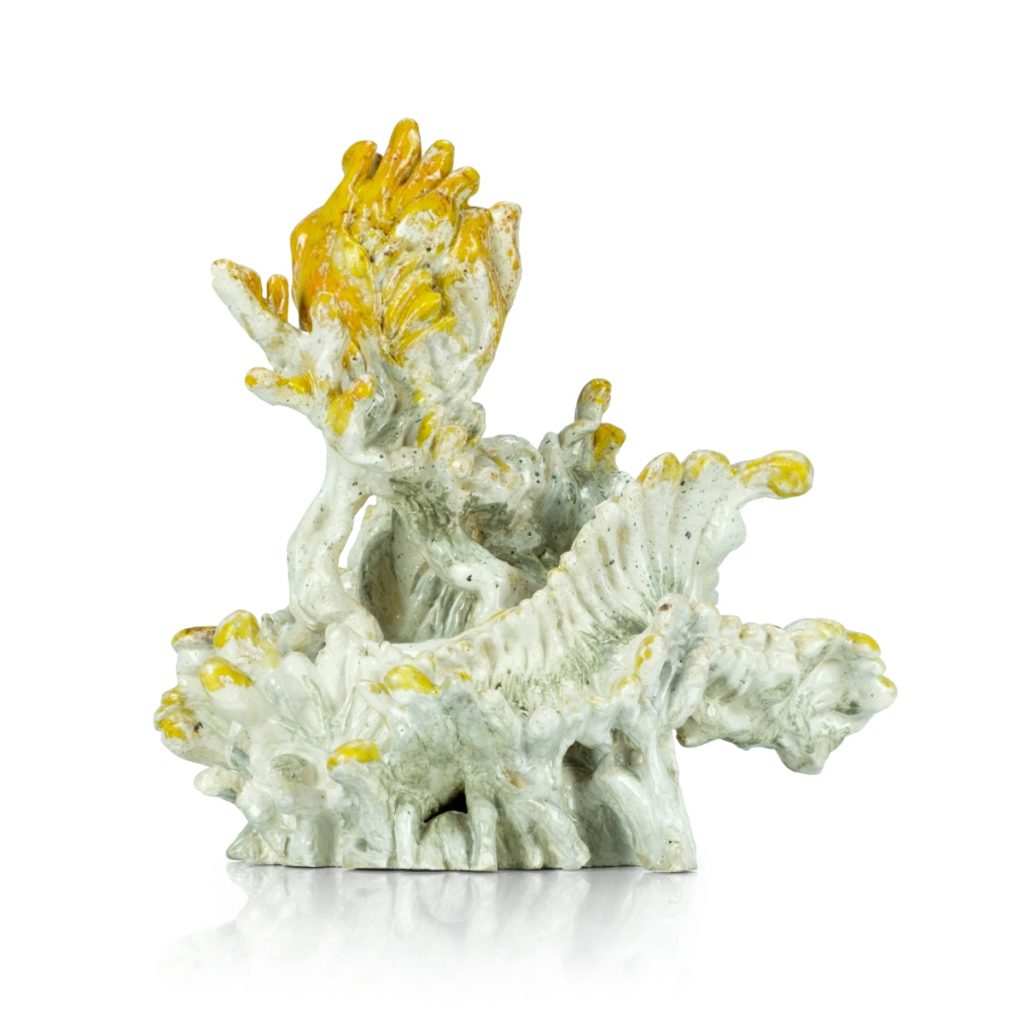
BRUNTISKIE 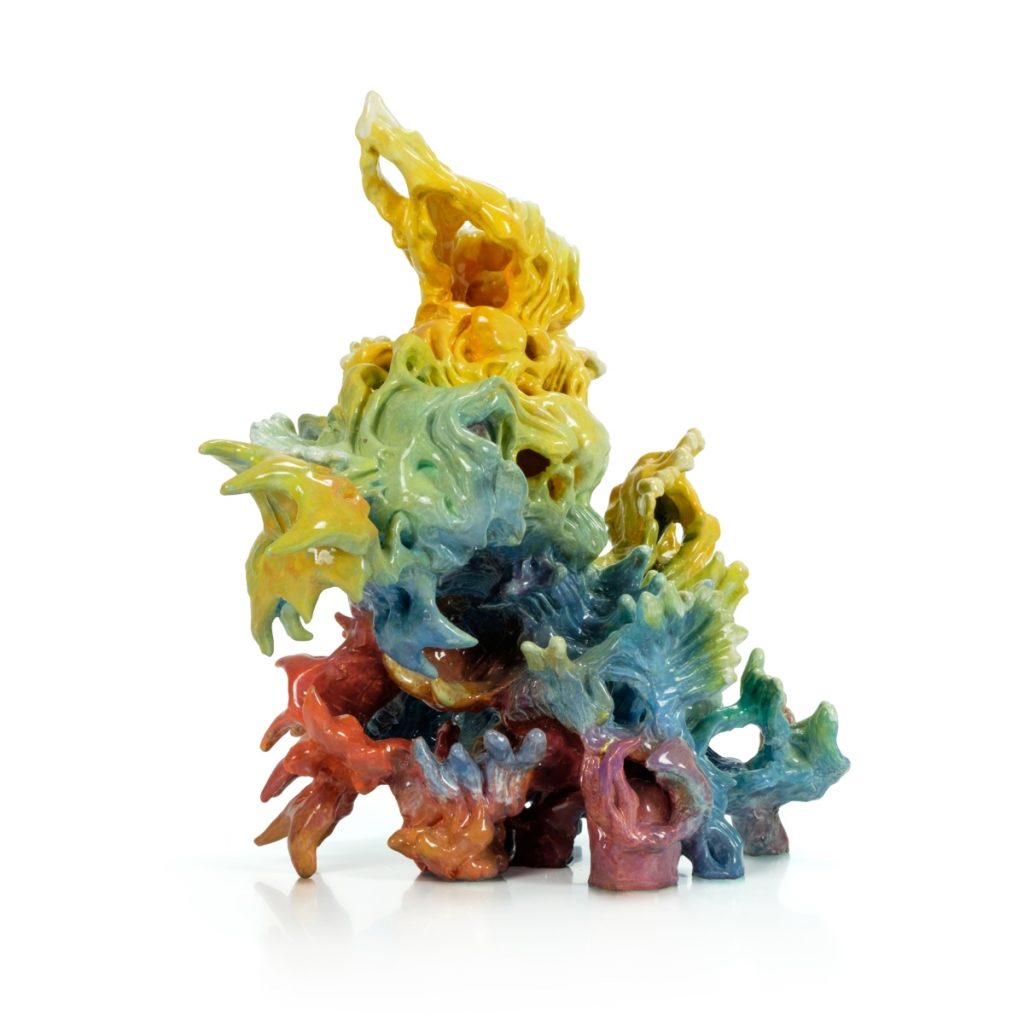
BRUNTUSLI, 2017-2018, ceramic, 43 x 45 x 30 cm / 16.9 x 17.7 x 11.8 in. 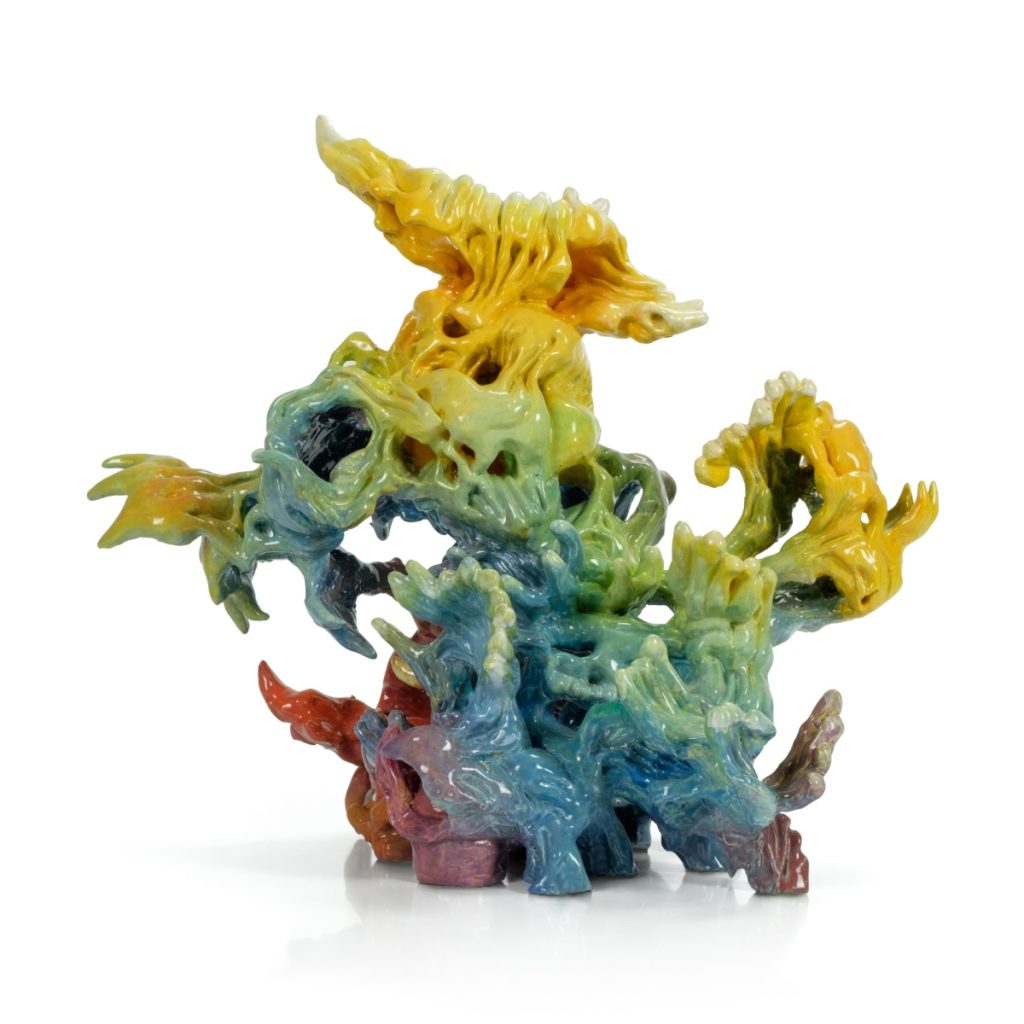
BRUNTUSLI 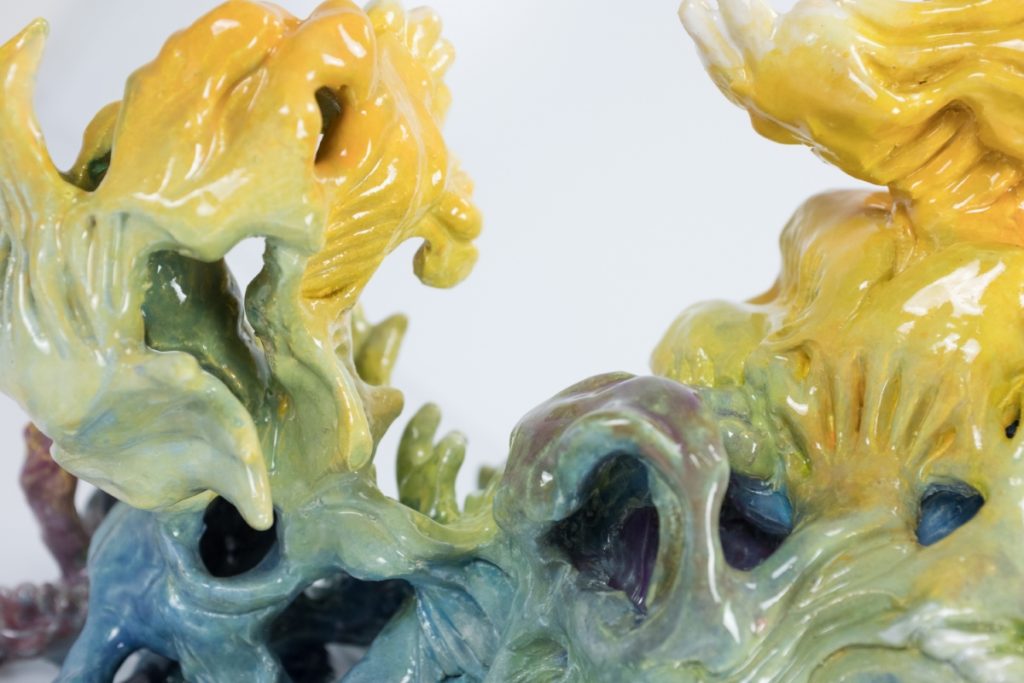
BRUNTUSLI 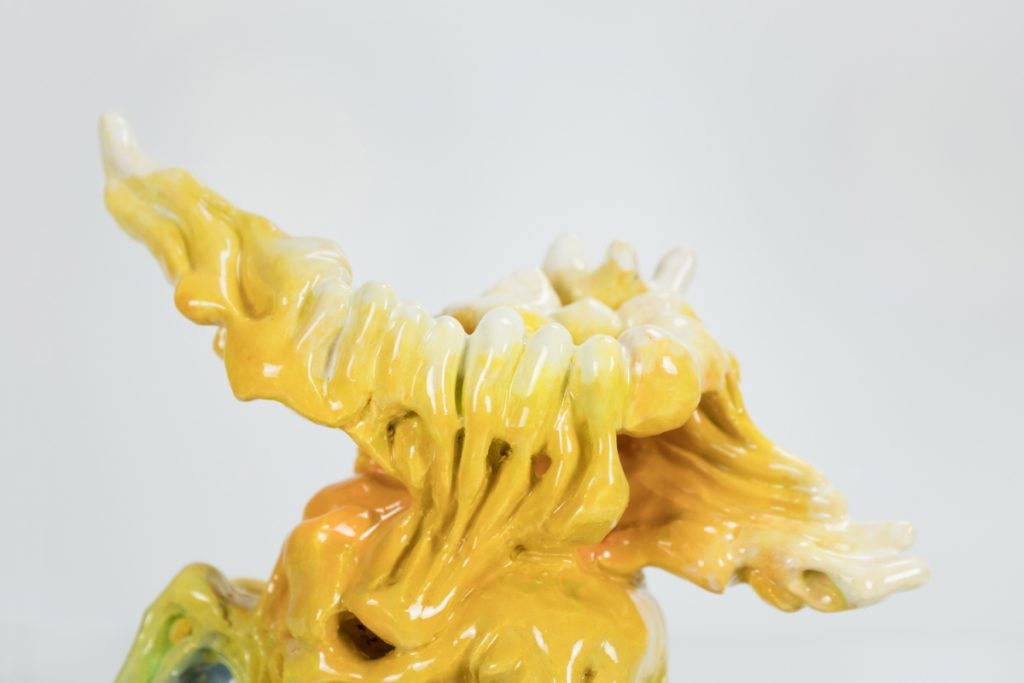
BRUNTUSLI 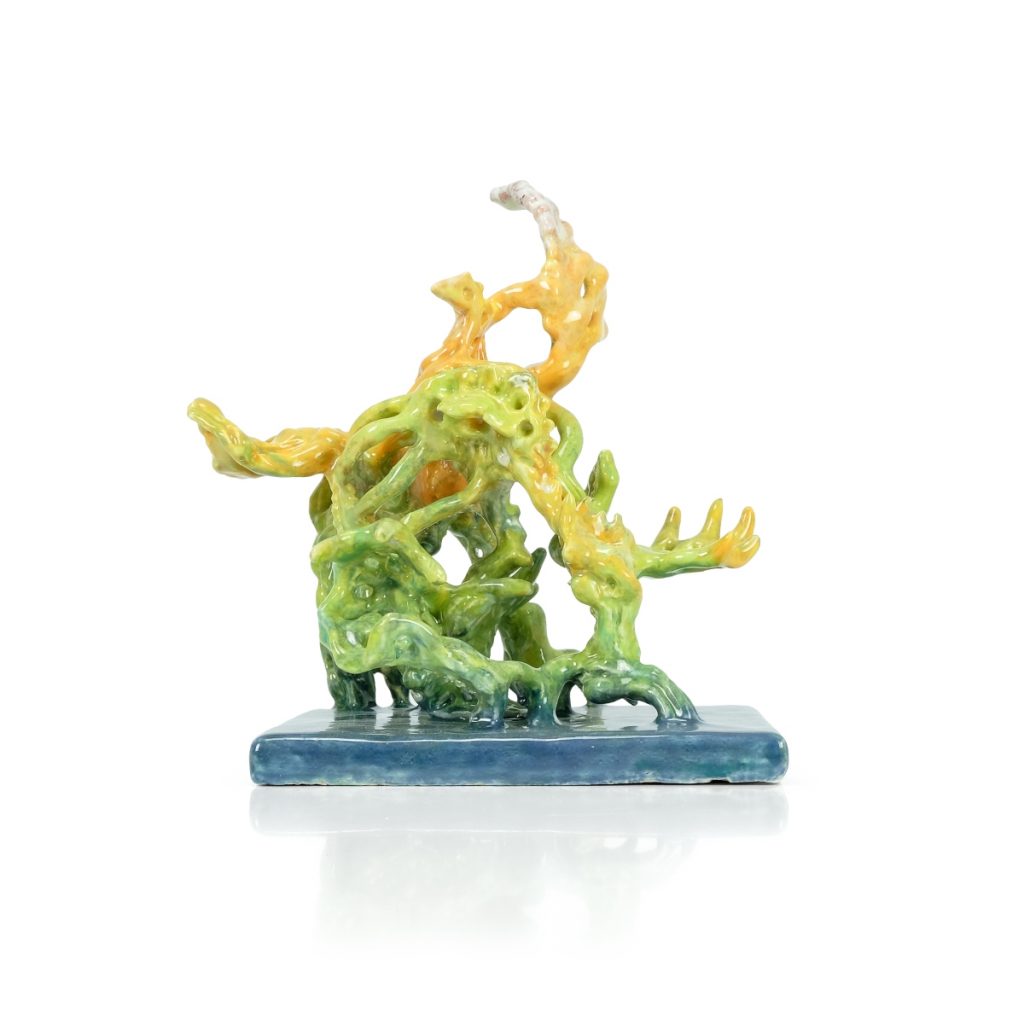
MINOTERCERIK, 2017, ceramic, 21 x 20 x 16 cm / 8.3 x 7.9 x 6.3 in. 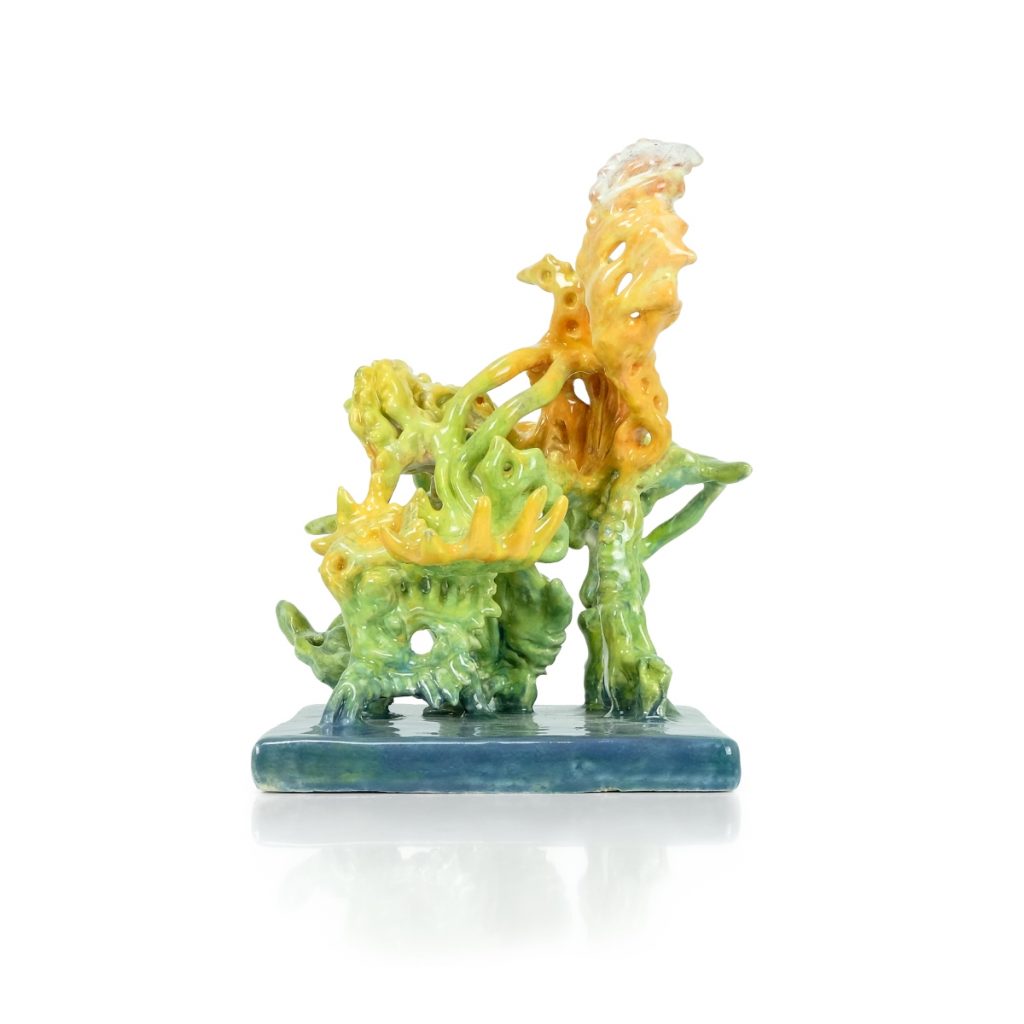
MINOTERKERIK 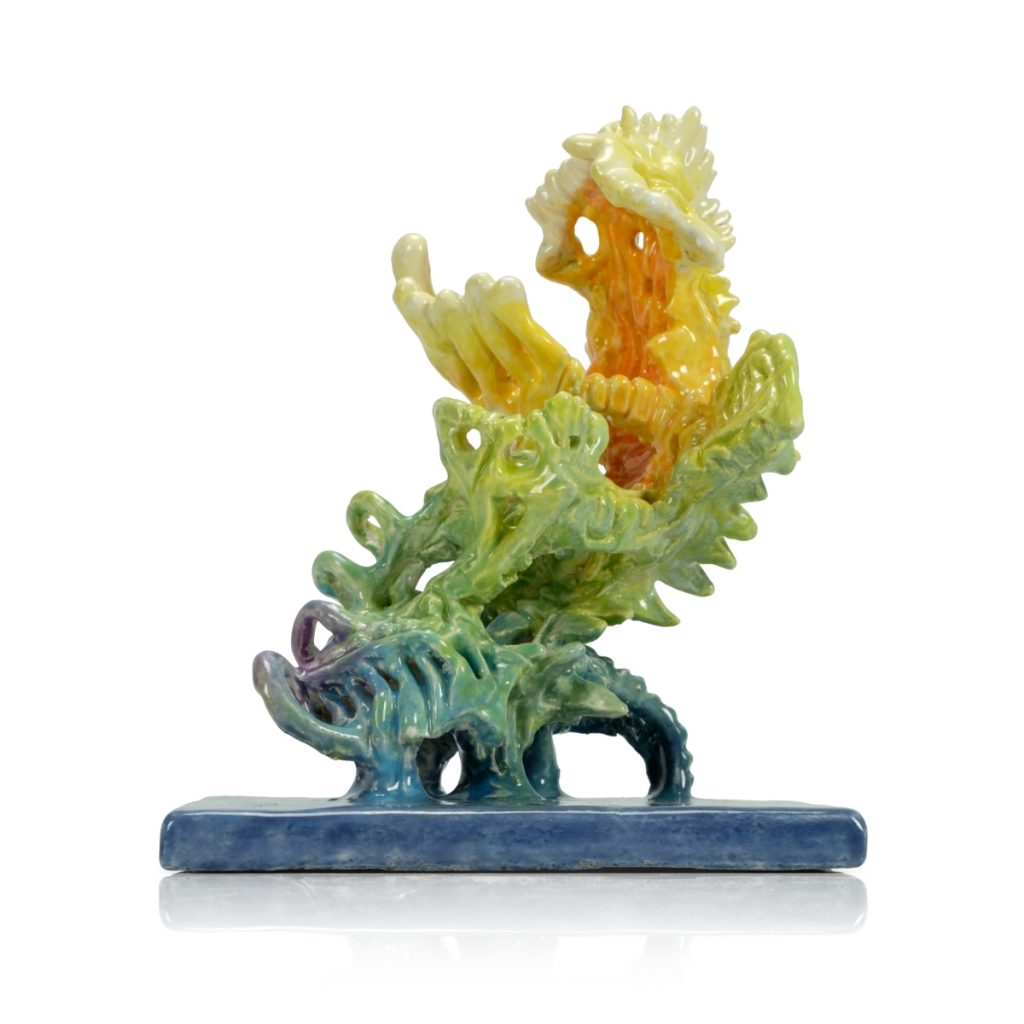
MINOTERKAM, 2017, ceramic, 19 x 16.5 x 13 cm / 7.5 x 6.5 x 5.1 in. 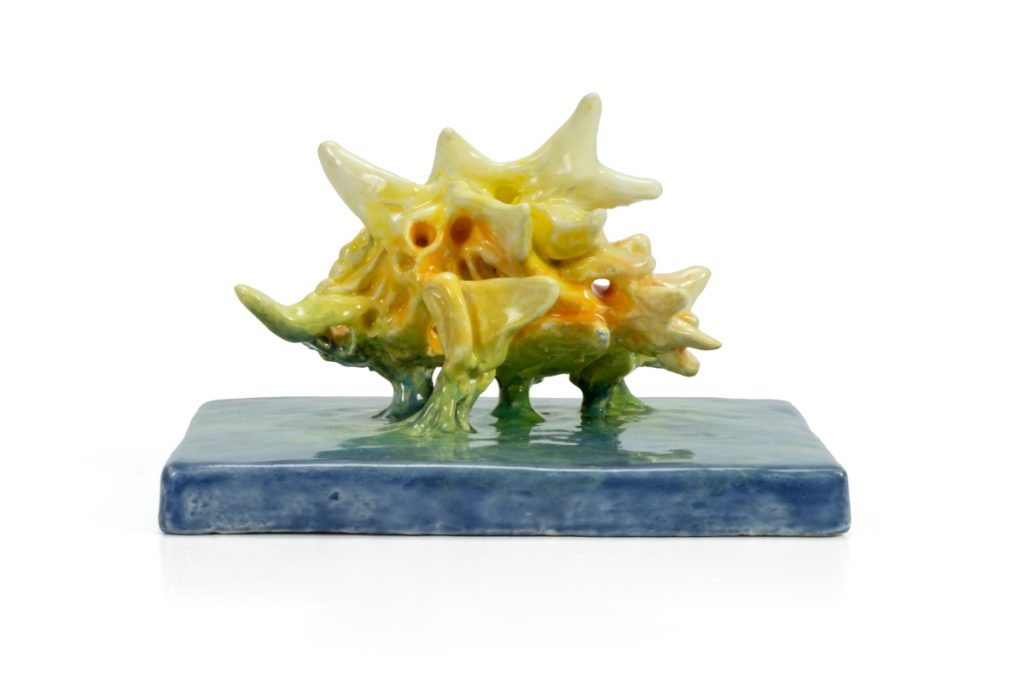
MINOTERKER, 2017, ceramic, 15 x 12.5 x 9 cm/ 5.9 x 4.9 x 3.5 in. 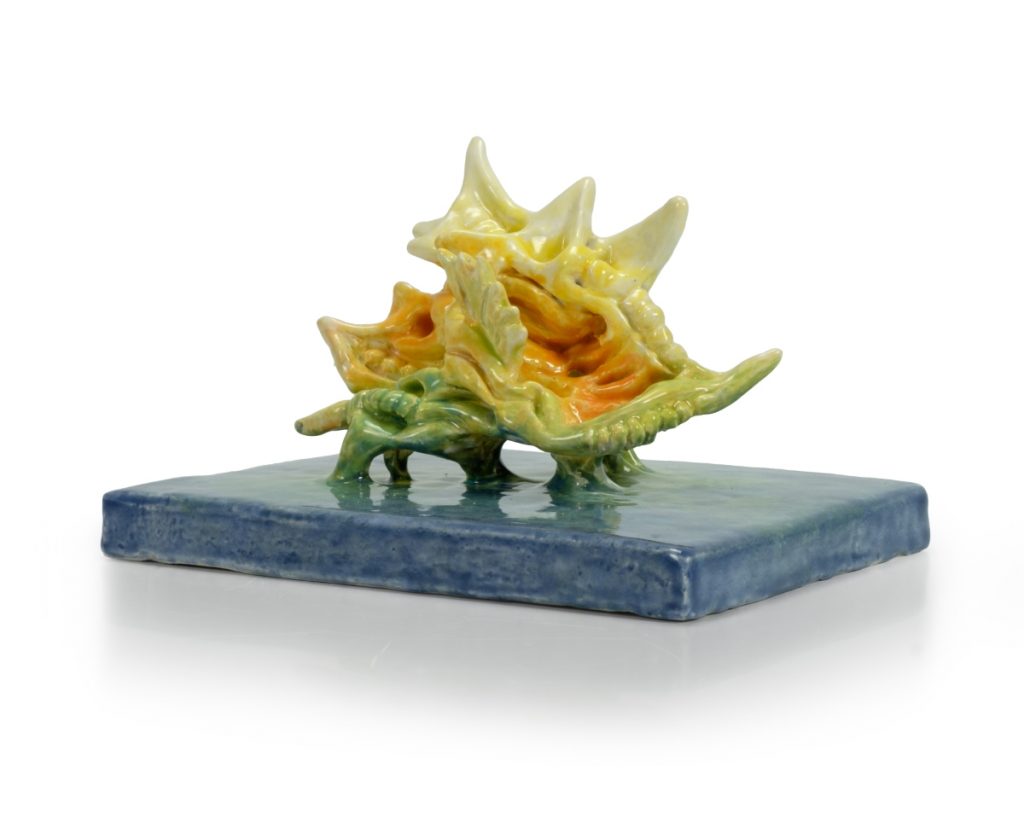
MINOTERKER 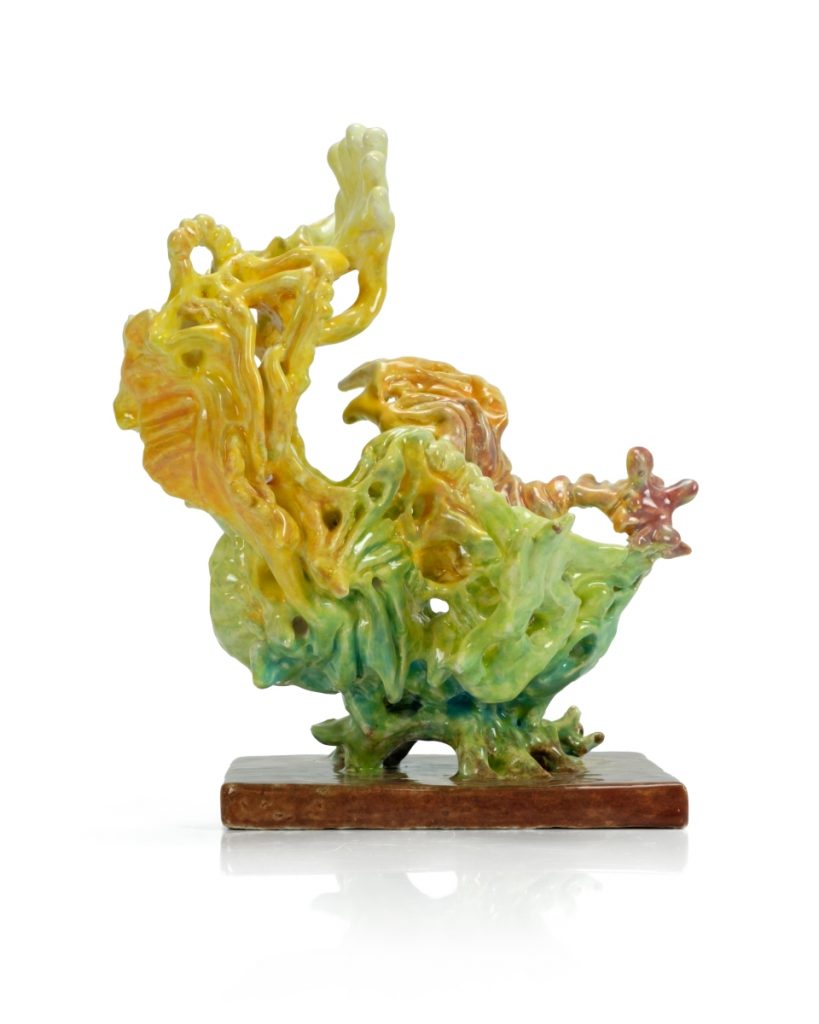
MINOTERKUS, 2017, ceramic, 19 x 15 x 21 cm/ 7.5 x 5.9 x 8.3 in. 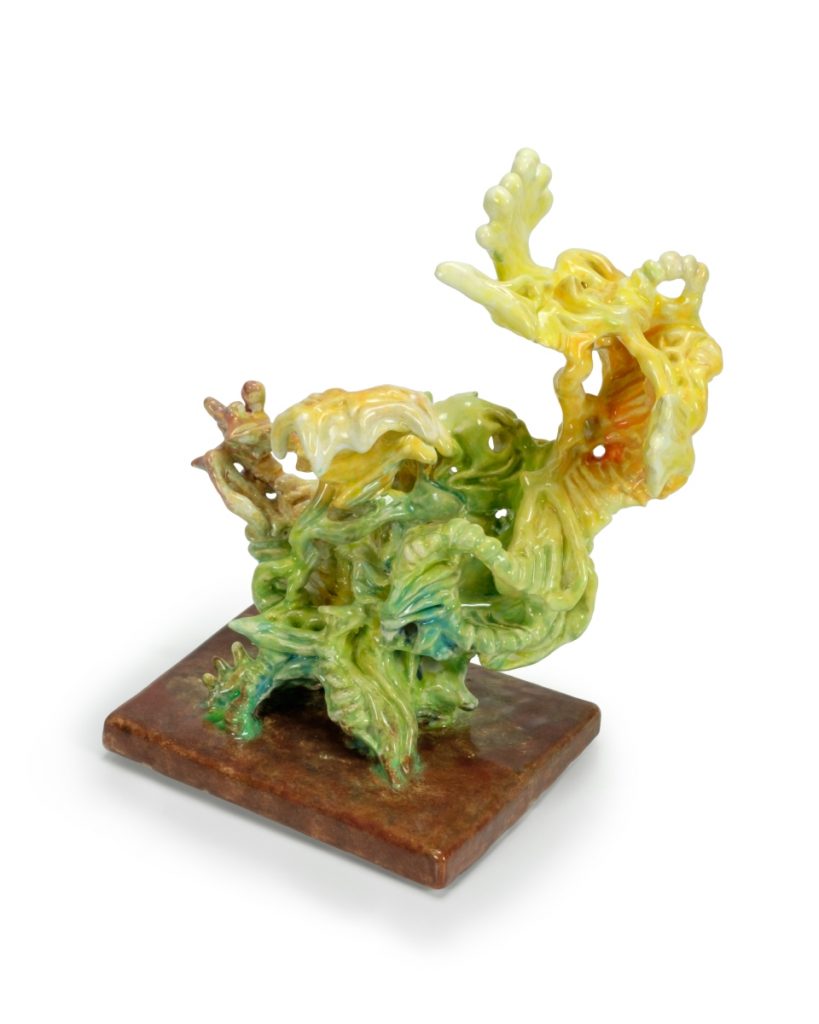
MINOTERKUS 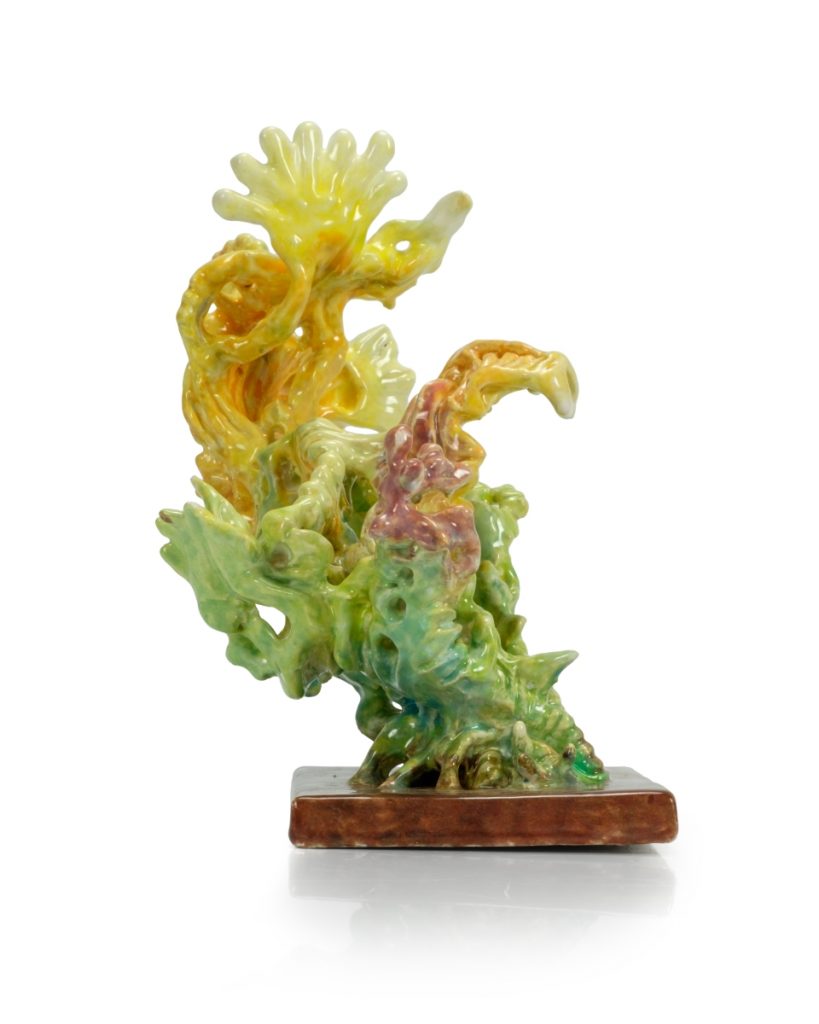
MINOTERKUS 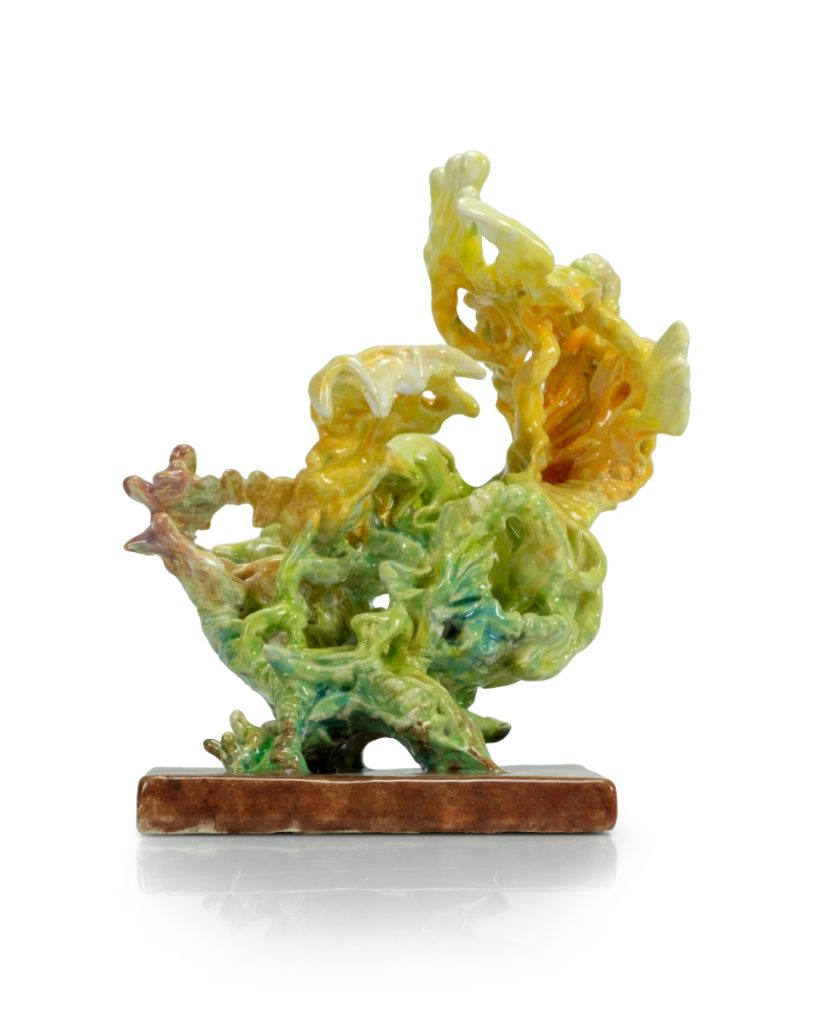
MINOTERKUS
Skin Mutation
The idea of mutation and manipulation has always appealed to Nick Ervinck’s imagination. In his ceramic works, he uses 3D experiments to explore ideas of both organic and genetically engineered life forms. Nick Ervinck created an openness that will attract the viewer to consider his work from different angles. These works have both a poetic and a critical social dimension. On the one hand, the sculptural contradictions, such as inside/outside and rough/smooth, make these works purely poetic. The visual language of these organic sculptures has a surprising impact.
Organic forms never are a purely human creation. That is why Ervinck points to the great influence nature exerts on him. Although the series of sculptures should represent flowers and plants or creatures of flesh and blood, we encounter a clear visual resemblance to the Gonshi rocks. To acquire an insight into the organic laws of form and rhythm, Nick Ervinck manipulated their erratic forms into a personal creation. Nevertheless these limestone rocks, similar to lifeless rocky landscapes, are not deserted from life: according to the ancient Chinese faith they harbour immortal beings. In other words, they form memories from other worlds.
Ervinck considers his ceramics, his man-made fossils, as similar creatures from an unknown universe. By means of a alienating skeleton dance and restrained by their prison of flesh, they seem to be on the search for a place of their own in the current time and space. The struggle between dynamism and a static pose is a theme that the artist likes to explore on many occasions. Not unlike Eadweard Muybrigde did with his zoopraxiscope (an early film projector), Nick Ervinck tried to capture movement in a stagnant image with his NOITEM series (2012-2013). From hundreds of preliminary studies, he selects specific details that are used as an alphabet to tell a new story. That story of complex and almost violent forms, filled with movement, is obtained by a puzzle of different parts in different proportions and forms that contrasts sharply with the refined and smooth surfaces of his blob series.
In addition to the bones sculpture, references to nature and food (eg. pepper, tomato,..) also appear in the ceramic works of Nick Ervinck. These works question how far we can or should go in manipulating food. Research into crop mutation is not new.
Following the Second World War, the so-called “Atoms for Peace” programme was established to look into ways to use nuclear energy for peaceful purposes. In the gardens of national laboratories in Europe and the former Soviet Union, plants were irradiated in such a way that different varieties could be produced. With these diseaseresistant mutations scientists hoped to solve the problem of food shortage. It is not known if these genetically manipulated crops effectively meant an improvement to public health, but it did seem that now scientists could play God. Today, teams of researchers continue to look for ways to optimize our crops and food security. Ervinck is fascinated by the idea of an engineered world.
The influence of ikebana, the Japanese art of flower arranging, is also very evident. In this traditional art form, the vase, stems and leaves are as much a part of the composition as the flowers. The focus is more on the shape and the lines than on the colours or the flowers themselves. Each arrangement must also include stems that symbolize heaven, earth and humanity.
With these sculptures, Nick Ervinck investigates how he can use today’s techniques to transcend or continue the craftsmanship of the past. The ceramics shock their spectator with a strong expressiveness. The overwhelmingly powerful colours influence the perception to the extent that the forms can no longer be interpreted within a contemporary framework.
Photo credits: Studio Nick Ervinck


